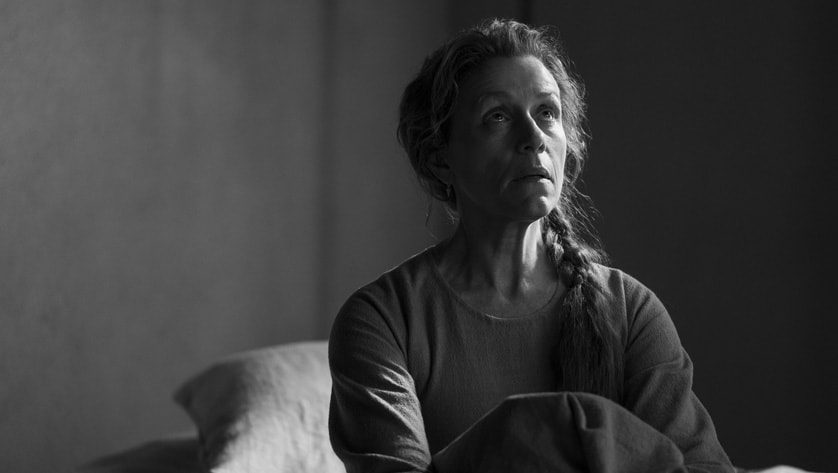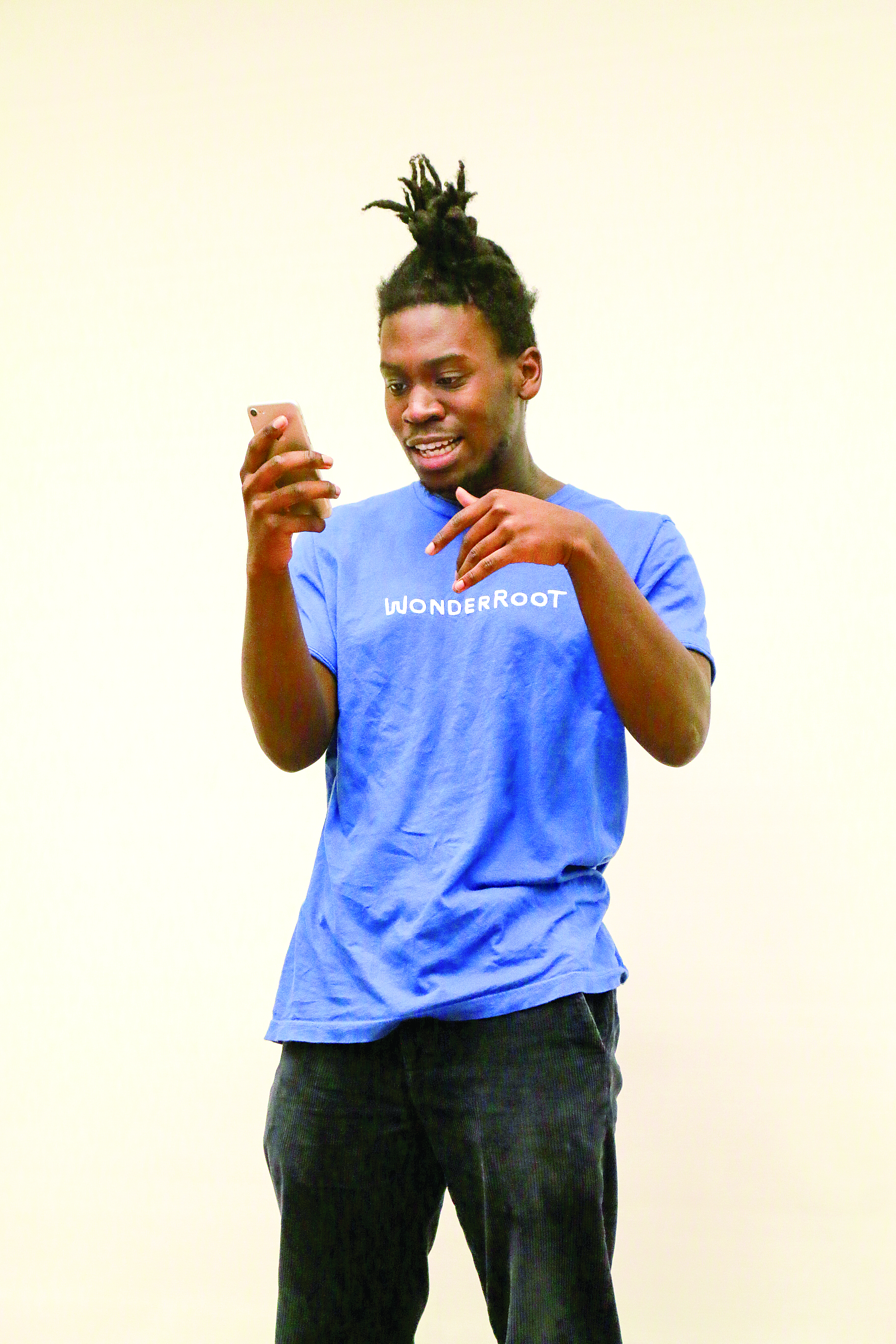This review contains spoilers….for a play that’s been out since 1606, so you make the call.
When it comes to film interpretations of Shakespeare’s work, there are a million options with only a few exceptional standouts. Adaptations of Shakespeare are often bogged down with reductive casting, gimmicky reimaginings or simply being little more than the play on film. There are plenty of great interpretations (Kenneth Branaugh’s involvement is usually a good sign), but rarely does a Shakespeare movie feel like it adds more to the text than just a new coat of paint.
This inconsistency is what makes Joel Coen’s “The Tragedy of Macbeth” feel like such a jolt of lightning in the Shakespeare cinematic universe. While most Shakespeare adaptations seek to make the Bard’s work more accessible for modern audiences, Coen approaches the original text with the understanding that theatergoers don’t need their hands held to follow along. Instead of making choices to aid the audience’s understanding of Shakespearean language, he uses film as a medium to explore new ways of communicating the titular couple’s slow descent into madness.
Denzel Washington and Francis McDormand deliver in every way one might imagine they would for a project like this. During a virtual Q&A session, McDormand explains that this was not her first time playing Lady Macbeth, and it isn’t a surprising revelation. McDormand’s performance soars to its greatest heights when she demonstrates the two-faced nature of Lady Macbeth. One moment she plays the devil on Macbeth’s shoulder, almost daring him to kill Duncan. Seconds later, she appears as a soft-spoken hostess, honored to have the king in her company. In Washington and McDormand’s portrayal of the Macbeths as an aged couple, we see how the pair become at odds with one another, being pushed further and further into deliriousness by the other’s ambition. By the time Malcolm’s vengeful forces storm Dunsinane and McDormand’s visibly exhausted Lady Macbeth crumples to the floor, Washington’s Macbeth does little more than briefly remember her before steeling himself for battle. This dynamic beautifully demonstrates how the couples’ unified vision ultimately drives them to harbor apathy for one another. To acquire the power they seek, they must hold nothing sacred, not even each other.

Frances McDormand as Lady Macbeth. Courtesy of Apple TV+.
The film sports a delightfully capable cast. From Alex Hassell’s haunting Ross to Stephen Root’s gut-busting Porter, the ensemble players all seem to know their place within the piece. Whenever a supporting character is on screen, they demand the audience’s attention without overshadowing the film’s main characters. Kathryn Hunter’s take on the witches provides the movie with some of its most eerie and thrilling moments. During the Q&A session, McDormand mentioned having known Hunter for her career in theater, and Hunter’s history of live performance is on full, glorious display here. The way she contorts her face, body and voice from scene to scene is an unsettling, enchanting take on the character’s supernatural nature.
The incredible set design is a large part of what makes “The Tragedy of Macbeth” so visually stunning. The film plays out over various sound stages adorned with stunning architecture and meticulously crafted scenery. These are sets that aren’t afraid to look like sets, creating environments that forgo realism in the name of accentuating the drama which inhabits them. Large shadows loom out from behind the arches that adorn Macbeth’s castle, bringing with them a sense of looming danger and desolation. One such moment comes when Macbeth walks down a corridor to murder King Duncan, his face gliding in and out of shadow as his footsteps boom in the empty hallway. The whole effect comes together in a way that suggests Macbeth is an intruder in his own home, accentuating Duncan’s power over Macbeth and driving him further towards mutiny.
Similarly, a small fork in the road set, which appears at multiple points throughout the film, seems to simultaneously beckon travelers and reek of impending danger. It’s where Banquo stops to rest, only to be ambushed, and it’s where Ross and Macduff begin to suspect foul play in the story of Duncan’s murder. At first glance, these sets are just a creative way of bringing the theater aesthetic to film and calling back to Hollywood’s black and white era. However, the simple design and massive scale of these environments also add to the dream-like world that makes up this film, blurring the story’s lines between the natural and supernatural in a way that cannot be portrayed on a stage.
“The Tragedy of Macbeth” lives in its eccentricities, but where it ultimately comes out on top is that these artistic flairs serve the themes and world which define this story. While one might argue that some of the sound effects are over the top, the occasional excessive whoosh of a cape or gust of wind from a bird’s wing does more to strengthen the film’s old-school aesthetic than it distracts its audience. One of the movie’s most breathtaking moments comes when Macbeth is killed in battle, his head flying off of his body and the camera follows his crown as it hurdles over the castle barracks and right into Ross’s hand. It’s a way of communicating to the audience how quickly power transfers from one hand to another while still grounding the film in the grim aesthetic which has come to define it up until this point. It is moments like these that make “The Tragedy of Macbeth” the success that it is. This film’s greatest triumph is that it can keep an audience engaged and on the edge of their seat, even though this story has been told for four hundred years.
Noah Gentry (23C) is from Birmingham, Alabama, majoring in playwriting and business. He is part of Emory's improv comedy troupe, Rathskellar, and is an advising fellow with Matriculate. Gentry's interests include running, competitive Pokémon and the works of Shakespeare.





